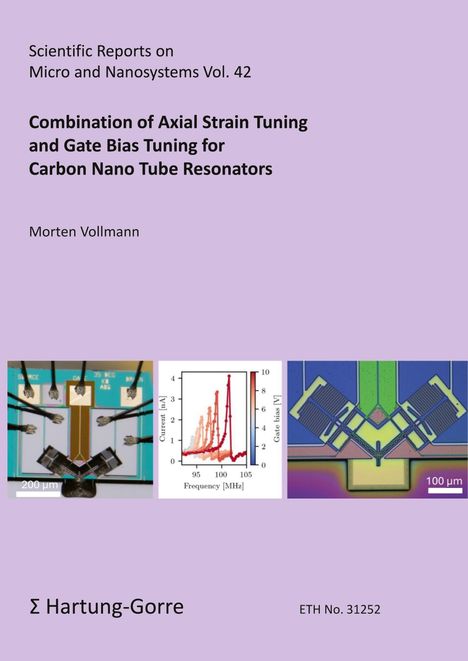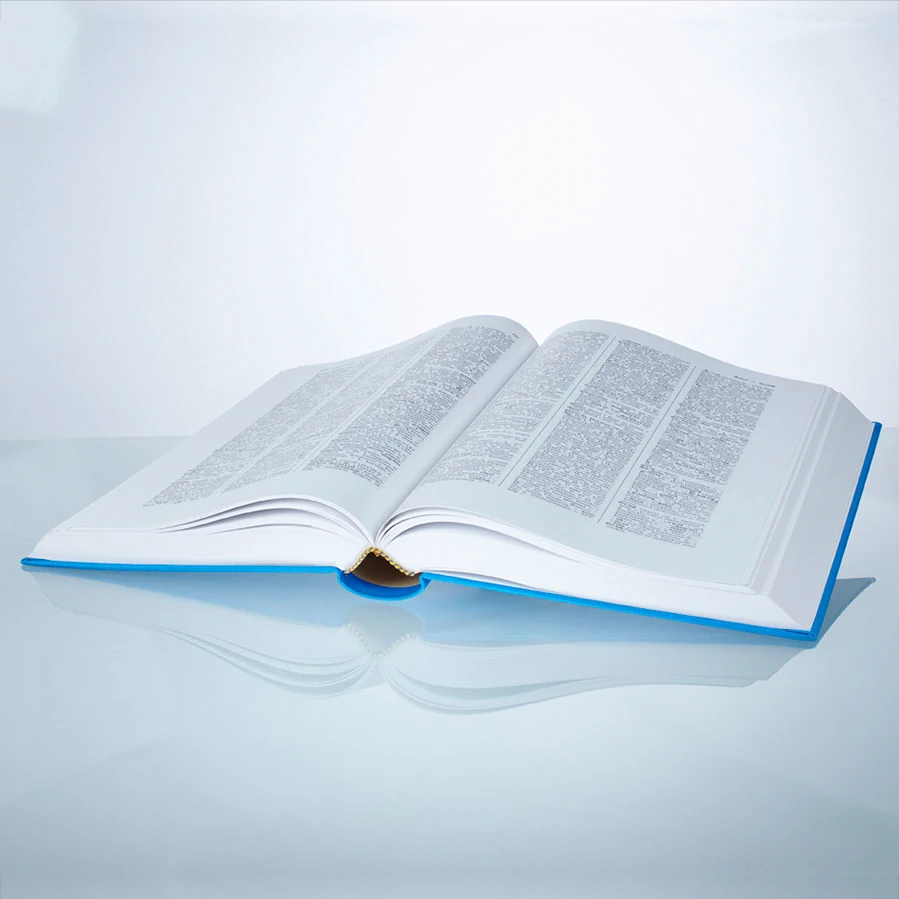Morten Vollmann: Combination of Axial Strain Tuning and Gate Bias Tuning for Carbon Nano Tube Resonators, Kartoniert / Broschiert
Combination of Axial Strain Tuning and Gate Bias Tuning for Carbon Nano Tube Resonators
(soweit verfügbar beim Lieferanten)
- Herausgeber:
- Christofer Hierold
- Verlag:
- Hartung-Gorre, 11/2025
- Einband:
- Kartoniert / Broschiert
- Sprache:
- Englisch
- ISBN-13:
- 9783866288553
- Artikelnummer:
- 12549179
- Umfang:
- 216 Seiten
- Gewicht:
- 420 g
- Maße:
- 240 x 170 mm
- Stärke:
- 14 mm
- Erscheinungstermin:
- 20.11.2025
- Hinweis
-
Achtung: Artikel ist nicht in deutscher Sprache!
Klappentext
Carbon nanotube (CNT) resonators exhibit exceptional potential for high-frequency and large-range eigenfrequency tuning, yet practical demonstrations have long been limited by the difficulty of precisely applying axial strain. This thesis overcomes that challenge by introducing a custom micro-electro-mechanical system (MEMS) with chevron-style thermal actuators capable of displacing the CNT`s clamping ends and generating pure tensile strain levels up to 1.4%. By combining this axial strain with gate-bias-induced strain, frequency tuning of 67MHz was achieved, equivalent to over 150% relative tuning, reaching eigenfrequencies over 120MHz across multiple devices. Straining experiments on the new MEMS platform included the analysis of the static strain response with gauge factors up to 108 for low gate biases, isolating the axial straining effect from gate bias straining and the combination of both. A central contribution of this work is the detailed modelling of CNT resonators subject to uniaxial and / or gate bias induced straining. The modelling framework employs solutions to the nonlinear Duffing equation via harmonic balancing, a technique that captures both amplitude and phase behaviour of the resonator¿s motional current. By including the transfercharacteristic directly into to modelling of the current, even more complex and asymmetric phases and different shapes of resonance peak were explained. This approach proves indispensable for accurately describing the interplay between electrostatic (gate) and mechanical (axial) strain, enabling detailed predictions of device performance. This has been possible only due to the knowledge of applied strain from the characterized actuators. The framework also allowed for the quantification of maximum axial strain of 1.4% before the CNT slipped from the electrodes.
Biografie (Christofer Hierold)
Christofer Hierold holds the Chair of Micro- and Nanosystems at the ETH in Zurich, Switzerland, since April 2002. Prior to that, he spent eleven years with Siemens AG and Infineon Technologies AG, responsible for R&D on microsystems, advanced CMOS processes, memories, nanoelectronics and new materials. His current research work focuses on the evaluation of new materials for MEMS, on advanced microsystems and on nanotransducers. He holds numerous patents and has published over 20 research articles in peer reviewed journals and international conference proceedings. He serves on the program committees of several scientific conferences such as the IEEE MEMS series.Anmerkungen:
Bitte beachten Sie, dass auch wir der Preisbindung unterliegen und kurzfristige Preiserhöhungen oder -senkungen an Sie weitergeben müssen.


